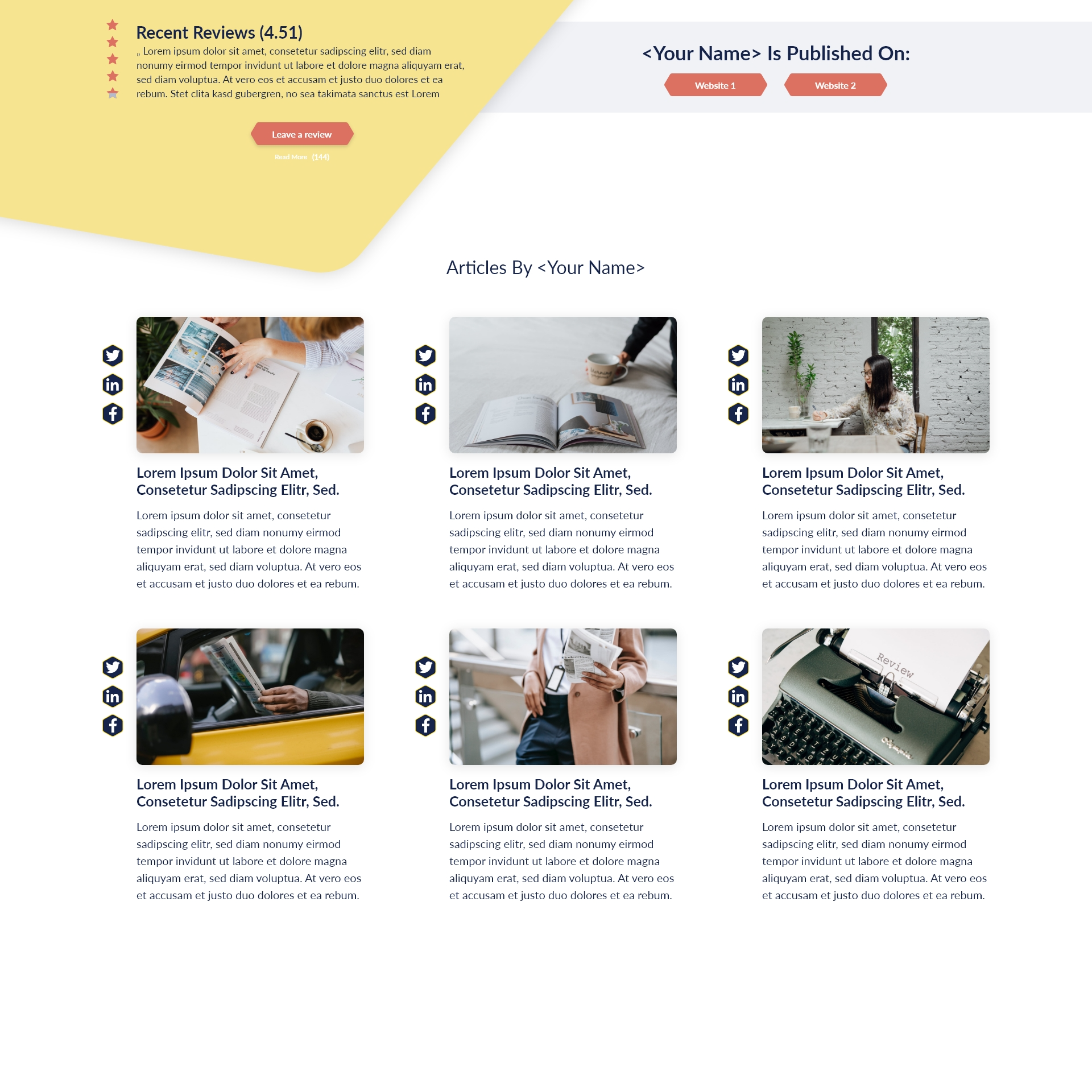Key Takeaways:
- Effective leadership relies on clear communication and understanding of diverse team dynamics.
- Implementing structured conflict resolution strategies enhances team collaboration and morale.
In today’s fast-paced business environment, motivating and influencing your teams while ensuring employee engagement is critical. As leaders strive to foster a positive workplace culture, the importance of effective communication skills, goal setting, and flexibility becomes evident. Here, we’ll explore effective employee engagement strategies that modern leaders can employ to inspire their teams and drive productivity.
Understanding Employee Engagement
Employee engagement goes beyond mere job satisfaction; it involves the emotional commitment that employees have towards their organization and its goals. Engaged employees are more productive, provide better customer service, and are less likely to leave their jobs. In contrast, disengaged employees can lead to a toxic workplace environment and hinder organizational progress. Therefore, understanding the drivers of engagement is essential for leaders.
The Role of Communication Skills
Good communication is fundamental in motivating teams and driving engagement. It’s crucial for leaders to foster an open dialogue. Encourage employees to express their views and provide feedback. One way to achieve this is through regular one-on-one meetings where team members feel safe to voice their thoughts. Use clear, concise language and active listening to create a trusting relationship.
- Actionable Tip: Implement weekly one-on-ones with your team to discuss their concerns, suggestions, and personal progress. Show genuine interest in their feedback and apply it where possible.
Setting Goals that Inspire
Clear goal-setting aligns the vision of the organization with employees’ daily tasks. Utilizing the SMART (Specific, Measurable, Achievable, Relevant, Time-bound) framework can enhance clarity around objectives. It is also important to involve employees in the goal-setting process to encourage buy-in. When employees understand the ‘why’ behind the goals, they are more likely to be engaged and committed to achieving them.
- Example: Instead of a vague goal like “increase sales,” a SMART goal might be “increase sales by 10% in Q3 by launching a new marketing campaign targeting existing customers.”
Encouraging Employee Development
Investing in employee development opportunities is another effective engagement strategy. Provide training, mentorship, and opportunities for personal growth. When employees see that their organization is committed to their development, they are more likely to feel valued and engaged.
- Relatable Example: Consider offering a budget for professional development courses where employees can choose workshops that appeal to their interests or career aspirations.
Recognizing and Rewarding Contributions
Recognition is a powerful motivator. It can be as simple as a shout-out in a team meeting, a handwritten note of appreciation, or a formal reward system. Recognizing achievements not only boosts morale but also encourages a culture of excellence.
- Practical Tip: Establish an employee recognition program where peers can nominate each other for their contributions, fostering a sense of camaraderie and appreciation.
Promoting Diversity and Inclusion
Creating a diverse and inclusive workplace is essential for employee engagement. Diverse teams bring various perspectives, which can foster creativity and innovation. As a leader, it’s essential to ensure that everyone feels included and that their ideas are valued.
- Strategy: Implement regular diversity training and make a conscious effort to include diverse voices in decision-making processes.
Effective Feedback Mechanisms
Providing effective feedback is vital. It’s not just about pointing out areas for improvement but also highlighting successes. Constructive feedback should be actionable and specific. It’s beneficial to apply the ‘sandwich’ method, where positive feedback frames constructive criticism.
- Example: “I appreciate your attention to detail in this project (positive). However, we need to improve the communication flow within the team (constructive). Overall, your contribution was valuable, and I look forward to seeing your growth in this area (positive).”
Conflict Resolution Techniques
Conflicts are inevitable, but how they are handled can make or break a team’s morale. Leaders should be equipped with conflict resolution techniques to address issues head-on and foster a collaborative environment. Encourage open dialogue about issues and take a neutral stance when mediating.
- Actionable Tip: Implement techniques like active listening, asking open-ended questions, and facilitating discussions that allow for shared understanding.
Work-Life Balance Through Time Management
Effective time management contributes to employee engagement and satisfaction. Encourage your team to find a balance between work and life. Flexible work hours, telecommuting options, and respect for personal time can improve your team’s morale and productivity.
- Best Practice: Encourage employees to block ‘focus time’ during their day where they can work without interruptions, thereby promoting efficient time management.
Conclusion
In conclusion, effective employee engagement is a multifaceted endeavor that requires leaders to be proactive, empathetic, and communicative. By enhancing communication skills, setting inspiring goals, developing employees, and recognizing contributions, leaders can foster an engaged workforce. Use these strategies to cultivate a workplace where employees are motivated and ready to contribute to the organization’s success.








